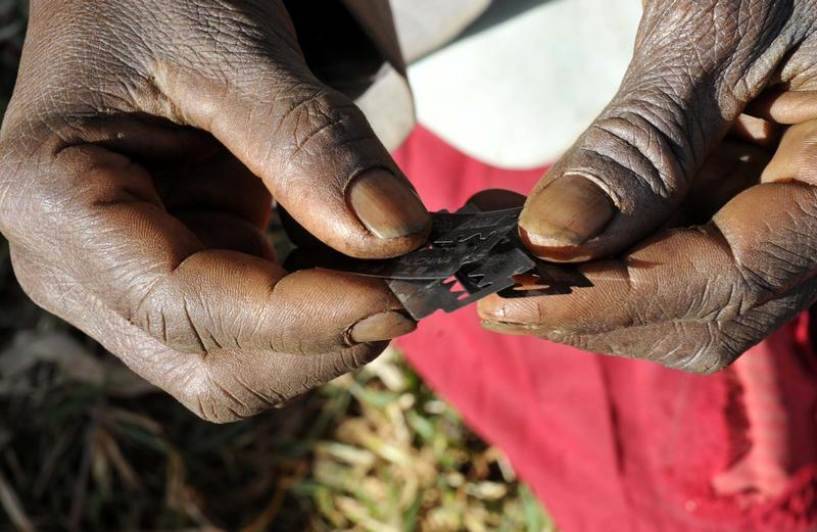AS more accolades will keep on pouring to the Association for Termination of Female Genital Mutilation (ATFGM), a local organisation that fights Female Genital Mutilation (FGM) in Mara Region for rescuing more than 500 girls from ‘facing the knife’ in the area, a lot is still expected from the community as an entity to phase out this degrading practice in the society.
Yesterday, our Sunday News edition carried out a publication of more than 500 girls having been saved from the local circumcisers in the area, where some people still require education to stop this retrogressive culture.
As anyone would praise the efforts of ATFGM Masanga Project Manager, Mr Valerian Mgani, for having received and saved 552 girls from Tanzania and 55 from Kenya, it means FGM is a still a practice that is not going to die a natural death, but must be confronted by activists both in and outside the country.
It is good that a total of 3,562 girls had been rescued from undergoing FGM since 2008 when the programme started in the region, but also unfortunate that such centres also close down their operations before reversing the practice that has gone deep in the bloodstream of some individuals.
We may collectively want to know and take actions on why FGM still remains a major concern in some parts of the country like Mara Region despite local and international organisations spending millions of shillings to end it.
This is a global problem, which only a specific government(s) can not solve, and according to the UN’s Sustainable Development Goal (SDG 5.3) that targets to end child marriage by 2030, the war is still there to be fought.
According to a report published last June by the UN children’s agency UNICEF, 12 million girls are still married before they turn 18 every year, 650 million girls and women alive today were married before they were 18.
But who is marrying them at a tender age? It is therefore men who must be brought onboard and schooled to stop it.
Going by Nankali Maksud, Senior Advisor and Coordinator, Prevention of Harmful Cultural Practices at UNICEF, evidence shows child marriage is not limited to particular groups or cultural norms, rather a broad combination of structural and sociocultural drivers.
“These include poverty, lack of educational and economic opportunities, social expectations, discrimination against girls and women and restrictive gender roles, beliefs about protection of girls and low awareness of and access to alternatives.”
With these in mind, the whole society must be involved in this war particularly men to end child marriages







